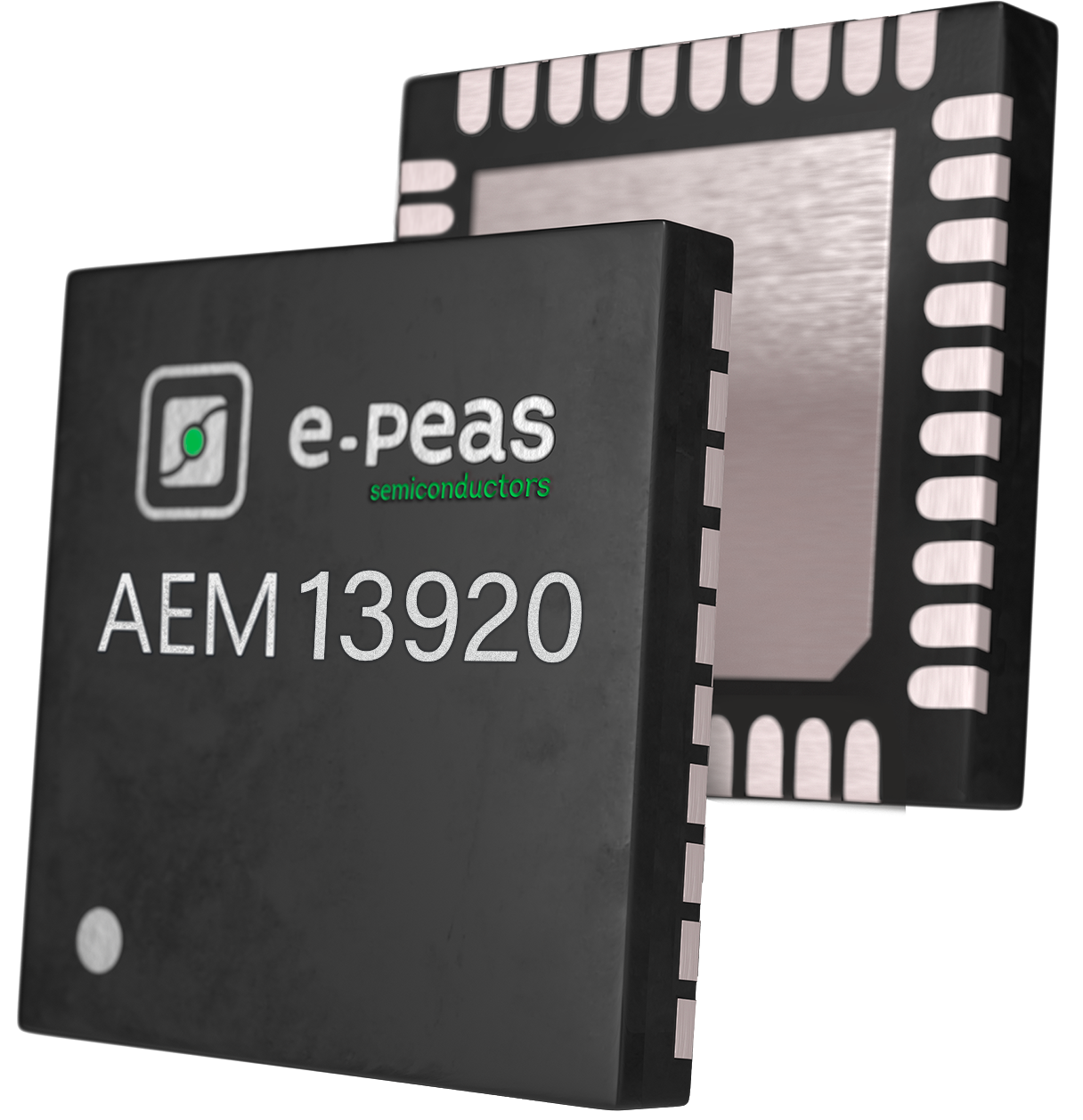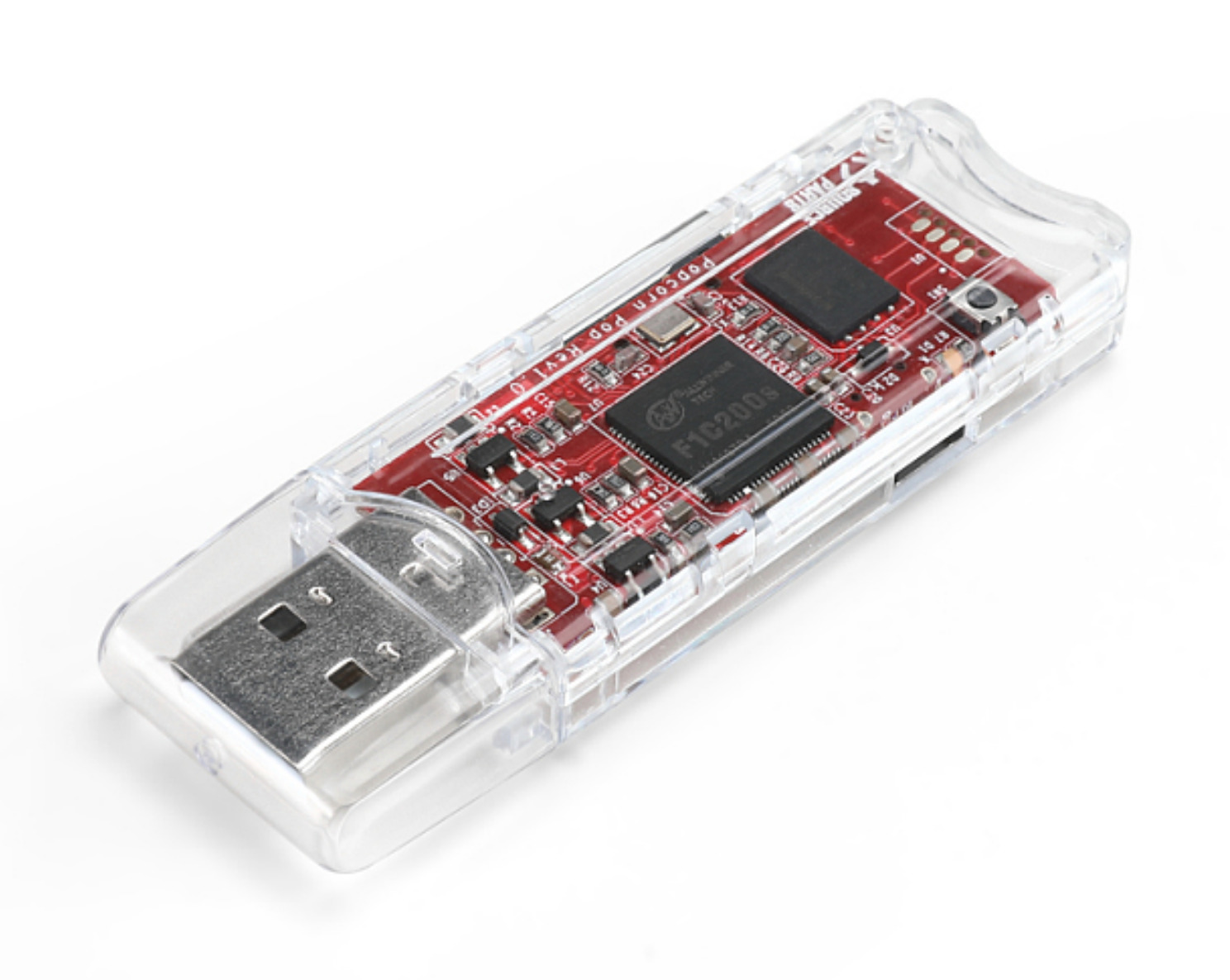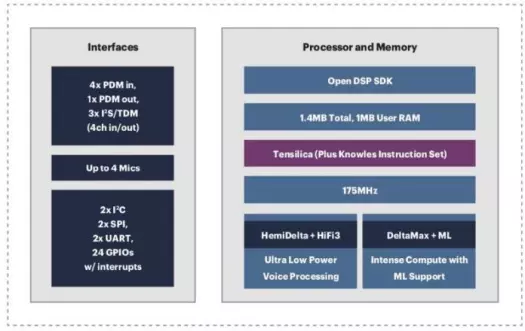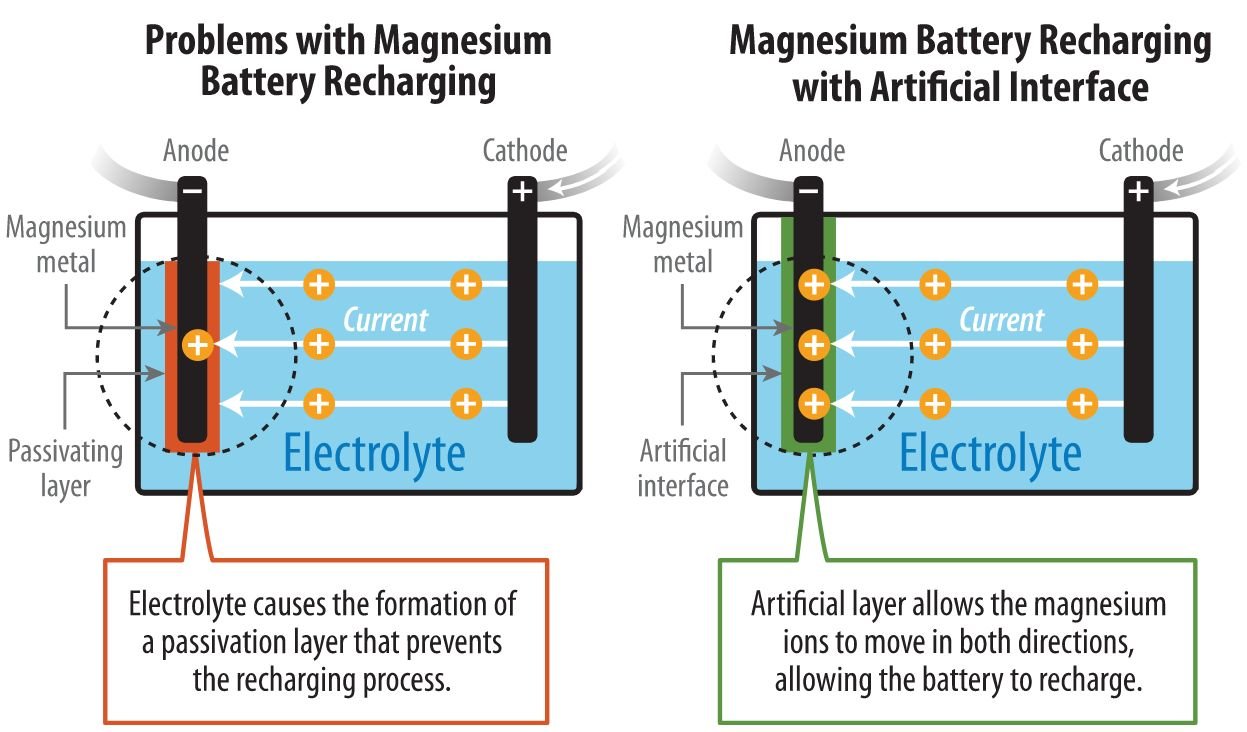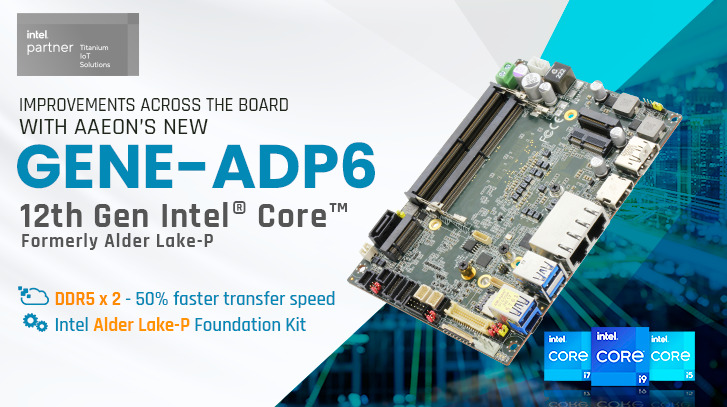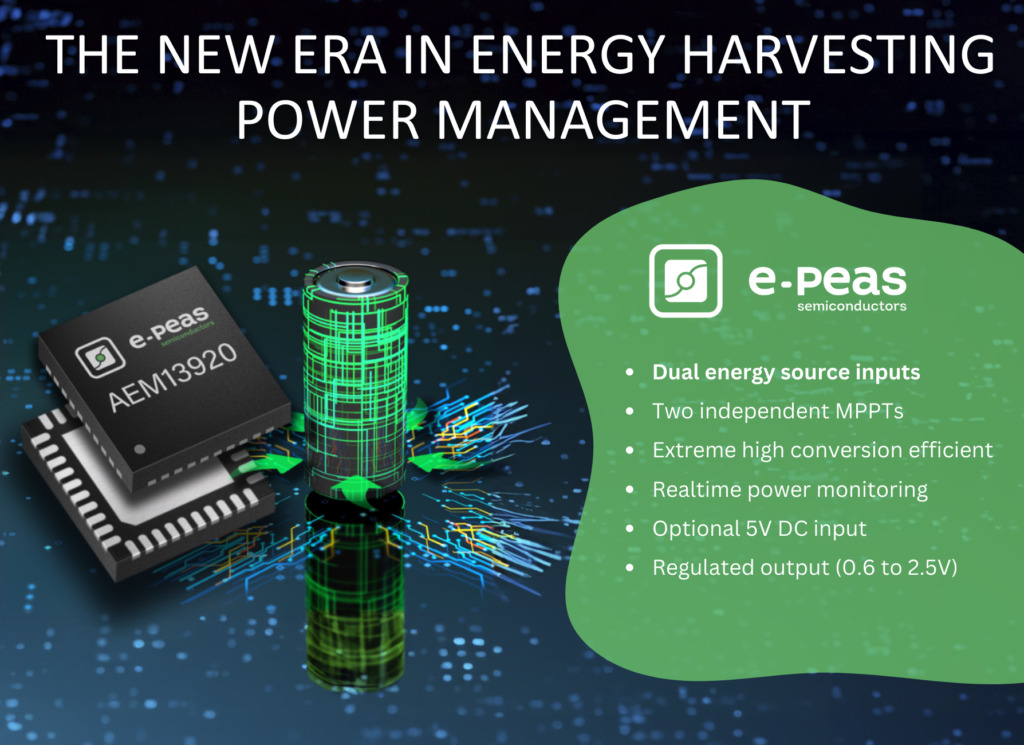
e-peas Introduces First Energy Harvesting PMIC to Handle Two Independent Energy Sources at the Same Time
AEM13920 gives valuable new flexibility to deploy the ideal mix of PV, RF, thermal and kinetic energy sources for the application
e-peas, the leading supplier of energy harvesting ICs, today launched its first PMIC that can handle simultaneous inputs from two independent harvested energy sources.
The new AEM13920 can maximize the energy harvested from any combination of two sources, including photovoltaic (PV) cells, a thermo-electric generator (TEG), RF energy harvester, or pulsed (kinetic) energy sources. Before the introduction of the AEM13920, specialized PMICs have been optimized for a single type of energy harvester.
The flexible dual-source capability opens up interesting new design options for the use of energy harvesting in small electronic devices such as remote controls, PC peripherals, wireless sensors and more. For instance, a remote control could have separate PV cells on its front and rear, to maintain an energy input whether the device is left face up or face down. A smart wireless light switch could operate on mechanical energy for short RF transmissions, and on stored mechanical or light energy for longer operations such as downloading and installing a firmware update.
In these and other applications, the AEM13920 provides a complete power management solution that maximizes energy recovery from the source. In the AEM13920, e-peas has also added valuable new features for system optimization and protection.
The PMIC achieves ultra-high source-to-storage and storage-to-load conversion efficiencies of higher than 90%. Independent maximum power point tracking (MPPT) algorithms for each source, and an ultra-low cold-start input condition of 275 mV/5 µW, maximize the amount of energy drawn from any type of harvester. The AEM13920 also offers the option of constant source-voltage regulation.
Use of the AEM13920 simplifies power-system development and minimizes component count and bill-of-materials cost, because it implements in a single chip all the functions required to store and use energy from an external harvester. Two independent on-chip boost converters manage source voltage conversion and the supply to the storage element. A separate on-chip buck regulator converts the output from the storage element to a fixed voltage required by the application between 0.6 V and 2.5 V. The AEM13920 also manages a 5 V power input, which can be used to charge the storage element in the event of a prolonged period of operation without an input from an energy harvester.
New control and configuration features introduced in the AEM13920 include:
- Average Power Monitoring – a circuit which measures total energy transferred from each of the two sources to storage, and total energy supplied to the load. This enables the host microcontroller to calculate the state of charge of the storage element, and to monitor system operation in detail.
- I2C interface for control of 33 register settings by the host MCU, and for system data read-outs
The AEM13920 also offers a full suite of system monitoring and protection features, including:
- Thermal monitoring of the storage element
- Selectable over-charge and over-discharge limits for protection of the storage element
- Shipping mode to protect the storage element
The AEM13920 is compatible with many types of rechargeable batteries and storage elements, including lithium-polymer, LiFP and li-ceramic batteries, and hybrid lithium capacitors.
Christian Ferrier, Chief Marketing Officer of e-peas, said: ‘e-peas has been pioneering the technology of energy harvesting for years, and the AEM13920 is the latest product of our innovation – a fully integrated PMIC that enables designers to use the combination of two energy sources that is exactly right for their application.
‘And because our technology is so efficient and effective, the AEM13920 should encourage more OEMs to stop relying on wasteful primary batteries, and so reduce the amount of electrical waste that goes to landfill.’
The AEM13920 is supplied in a 40-pin QFN package with a board footprint of 5mm x 5mm. It is available for sampling now. For sample requests and for information about the 2AAEM13920J051 evaluation board, go to www.e-peas.com.





